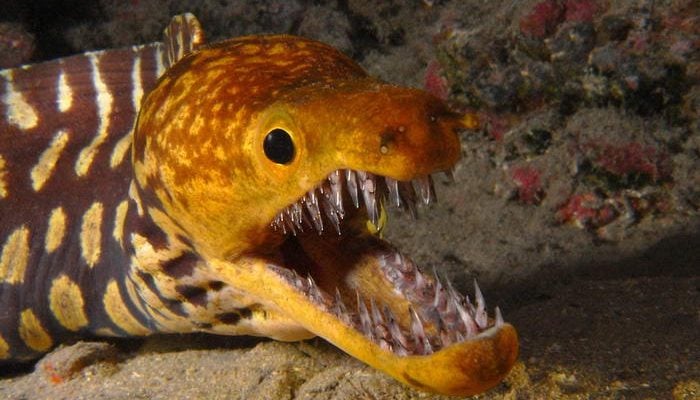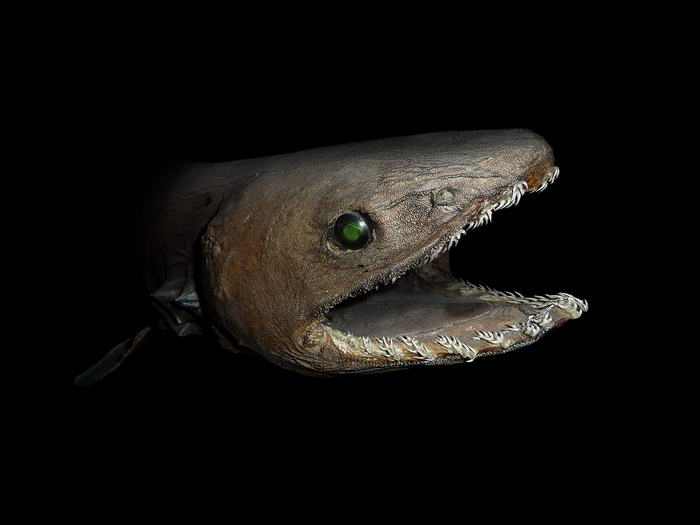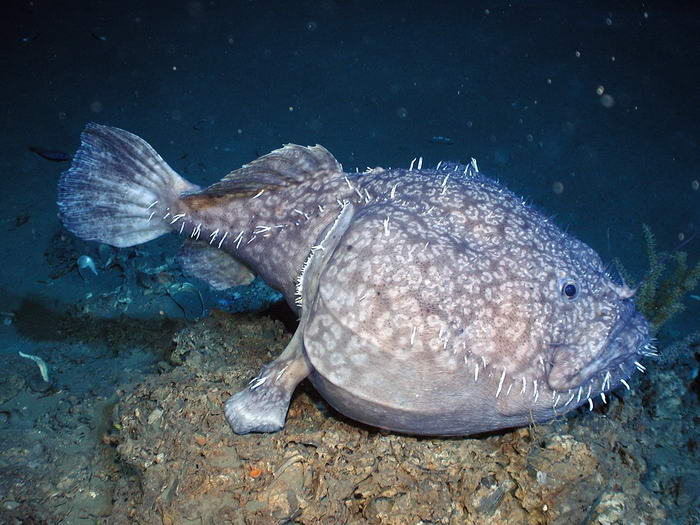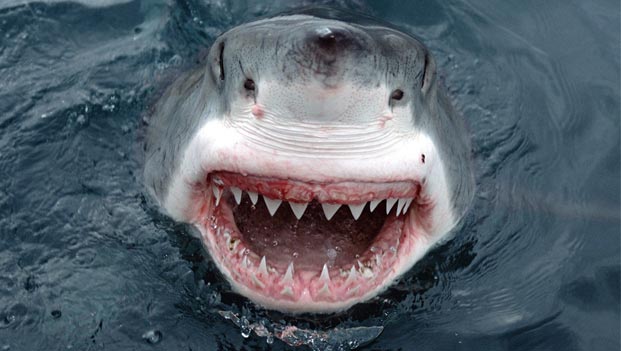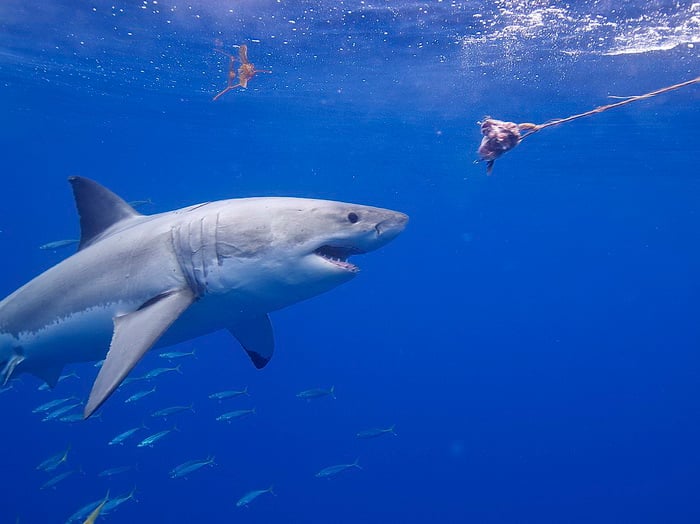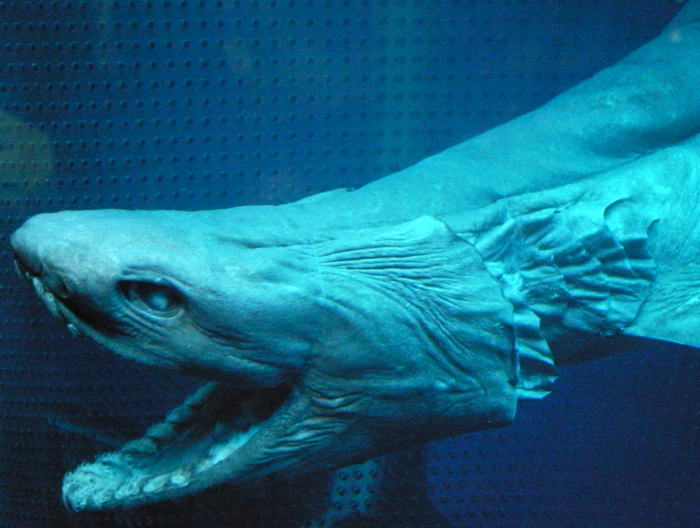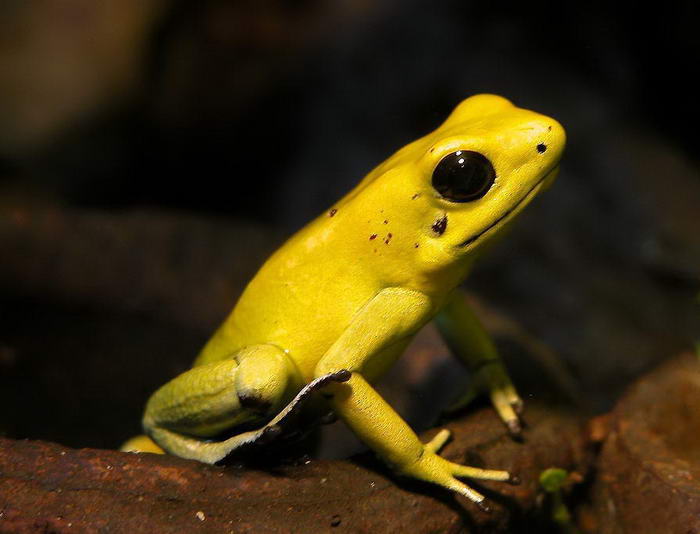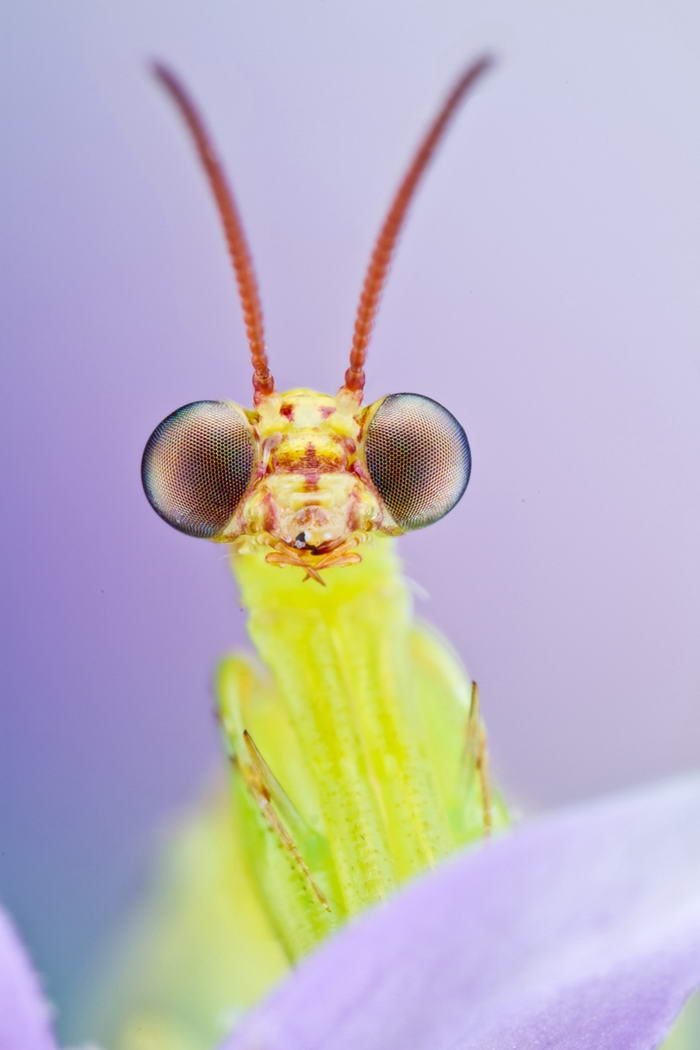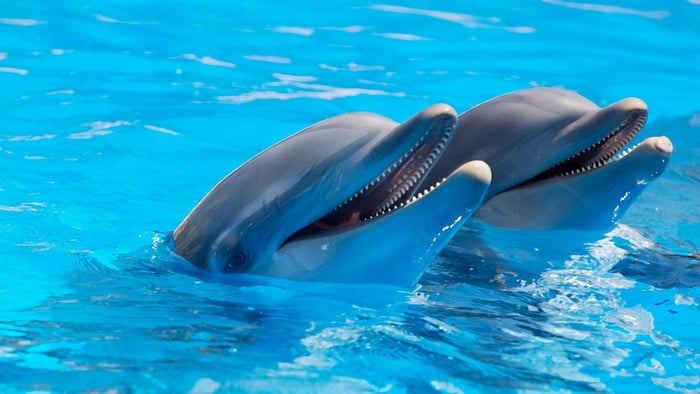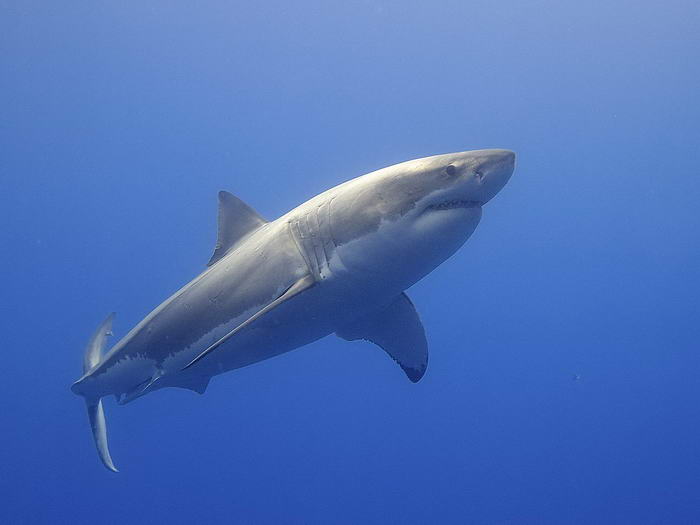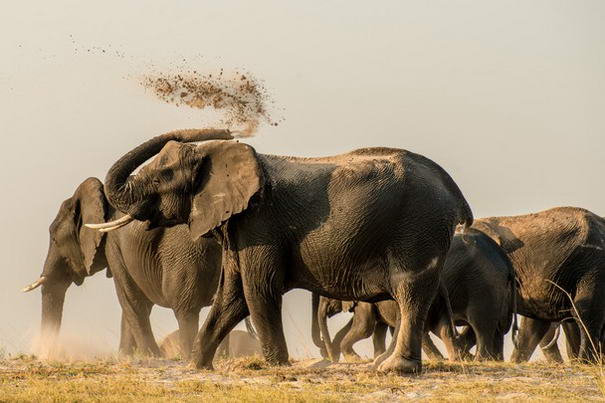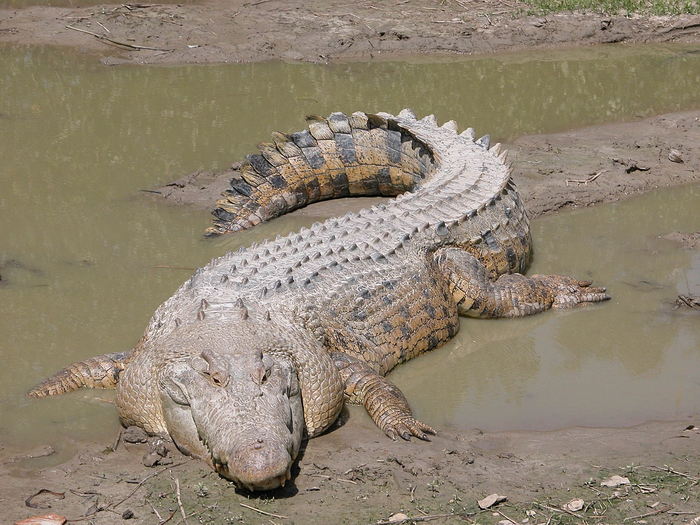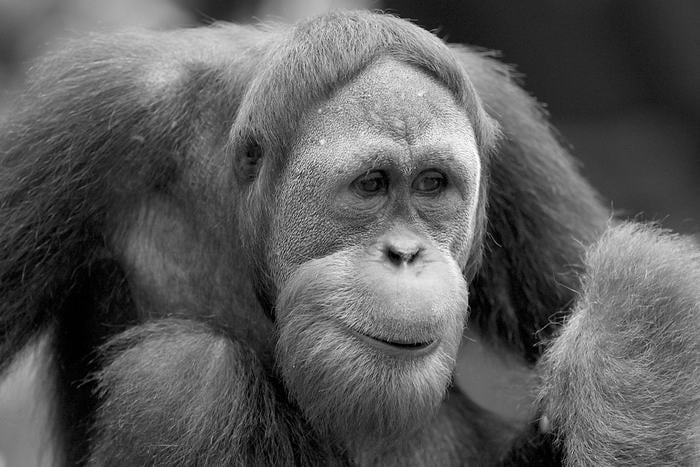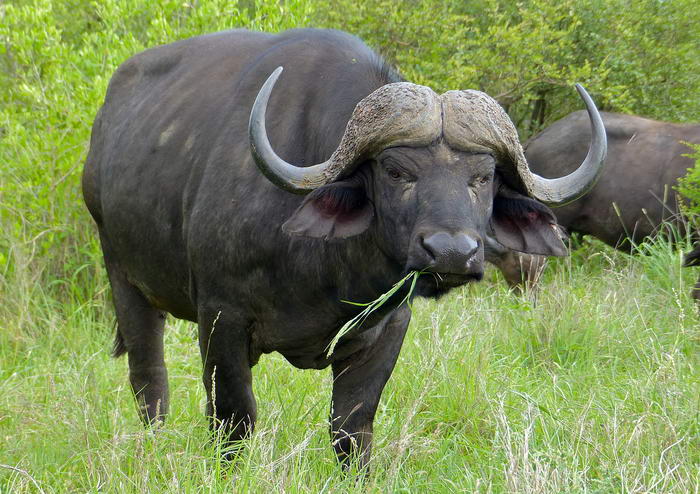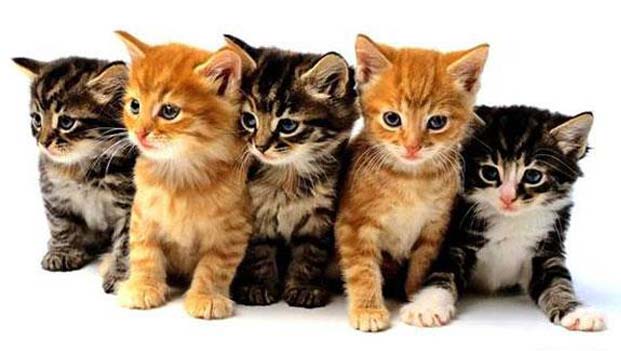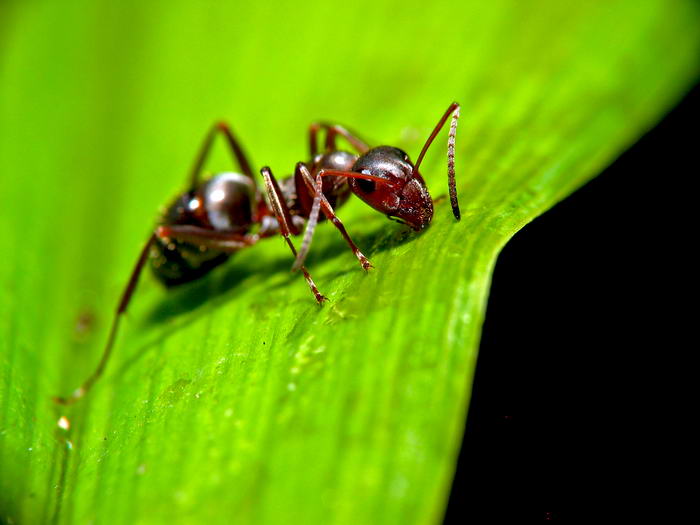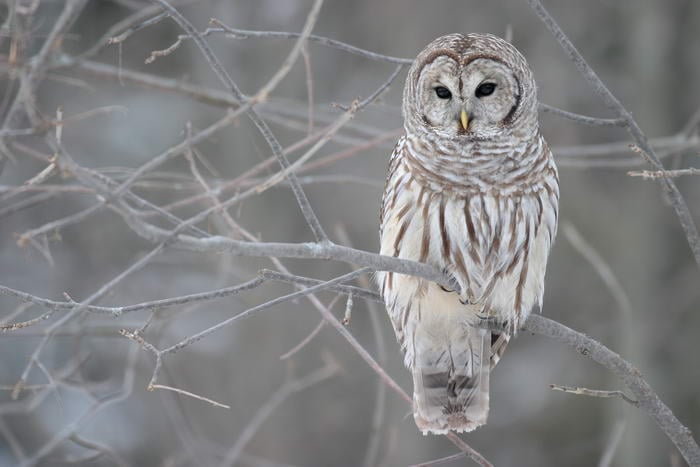In the blue depths of our planet’s seas and oceans, mysteries swirl and unseen beings wait to be discovered. So far, our understanding of these undersea realms remains quite limited, yet what we’ve unearthed about them so far has been nothing short of incredible. Our endless quest to uncover more has led us to identify some of the most remarkable deep-sea creatures, beings that would seem utterly bizarre in the light of day but are perfectly suited to life in the deep blue abyss.
Imagine a world without sunlight, dominated by enormous pressure, and with temperatures that swing between the extremes of freezing and boiling. The creatures of the deep sea not only survive but thrive in these harsh conditions, exhibiting an extraordinary range of adaptations that intrigue scientists and laymen alike. These adaptations, which can include bioluminescence, peculiar body structures, and unique hunting strategies, make deep-sea creatures a fascinating subject of study. They’re far from the everyday animals we’re used to, boasting features that would make them quite fitting in a sci-fi movie.
What’s more, the species discovered so far might just be the tip of the iceberg. Given the vastness of our planet’s oceans and the difficulty of reaching the extreme depths, there could be countless more weird animals that continue to elude us, tucked away in the furthest corners of our planet. Each expedition into the depths yields new discoveries, peeling back the layers of the unknown one piece at a time.
Get ready to marvel at the wonder of life in the deep sea, and the resilience and adaptability of nature in the face of such extreme conditions.
10 – Ocean Sunfish (Mola Mola)
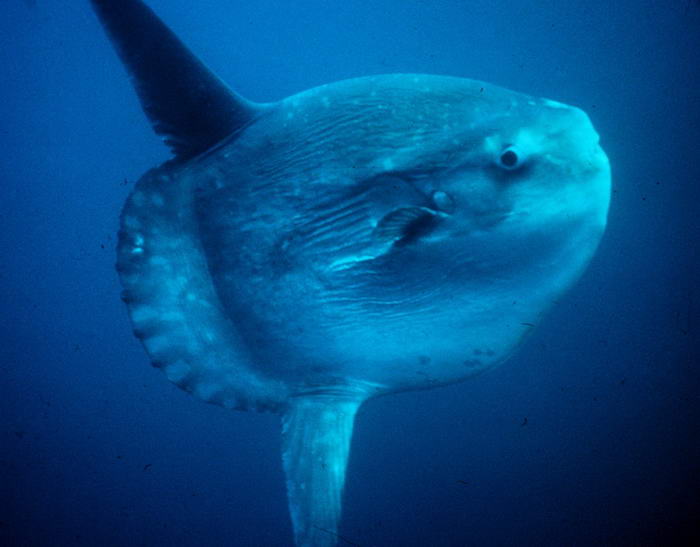
Interestingly, these animals love basking in the sun near the water surface, hence the name ‘Sunfish’. Observing their behavior offers a fascinating glimpse into the behaviors of remarkable deep-sea creatures.
Due to their slow-moving nature and tendency to float near the surface, these fish are vulnerable to boat strikes, a growing concern for marine conservationists.
09 – Giant Isopod
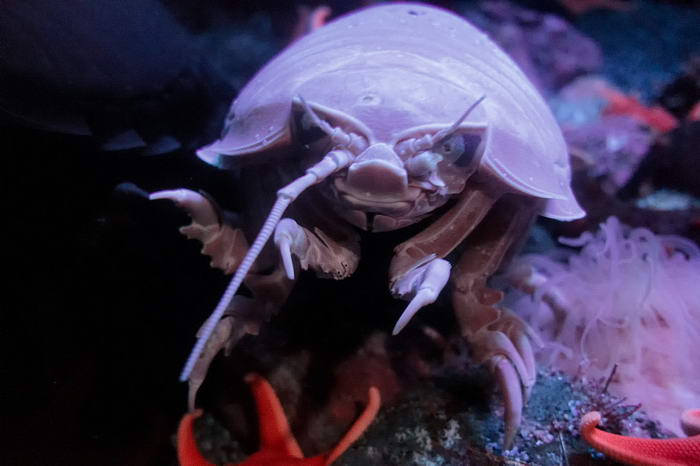
Built like a tank, the Giant Isopod has a hard exoskeleton and can roll into a ball when threatened. Dwelling in the cold, dark depths of the Atlantic and Indian Oceans, these scavengers feed on dead fish and other debris that sink to the seafloor.
Despite their menacing appearance, they are an essential part of the ocean’s ecosystem, acting as clean-up crews of the ocean floor.
08 – Megamouth Shark
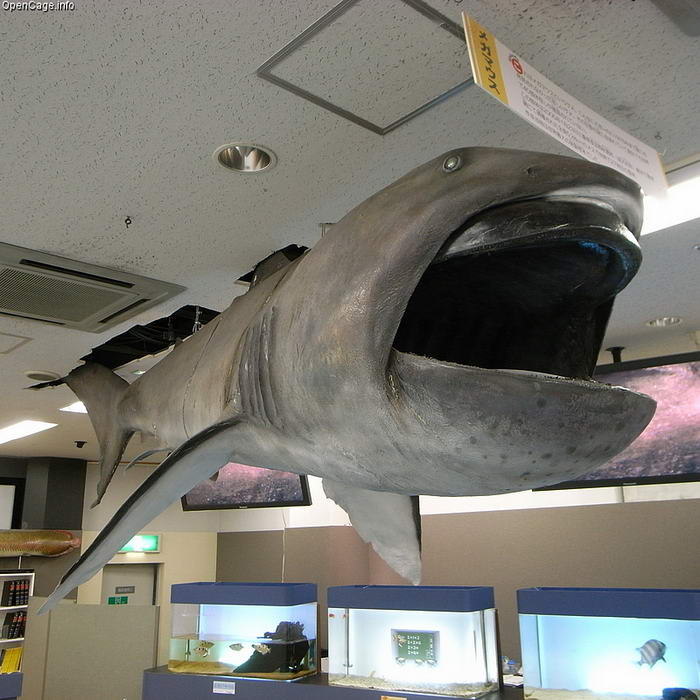
This gentle giant, discovered in 1976, has puzzled scientists due to its scarcity. Its behavior and lifestyle remain shrouded in mystery. With fewer than a hundred sightings recorded, it’s considered one of the rarest sharks in the world.
The Megamouth Shark features a fascinating adaptation to its dark home: a light-emitting strip of tissue in its mouth that may attract prey, an ingenious evolutionary tool in the pitch-black ocean depths.
07 – Fangtooth
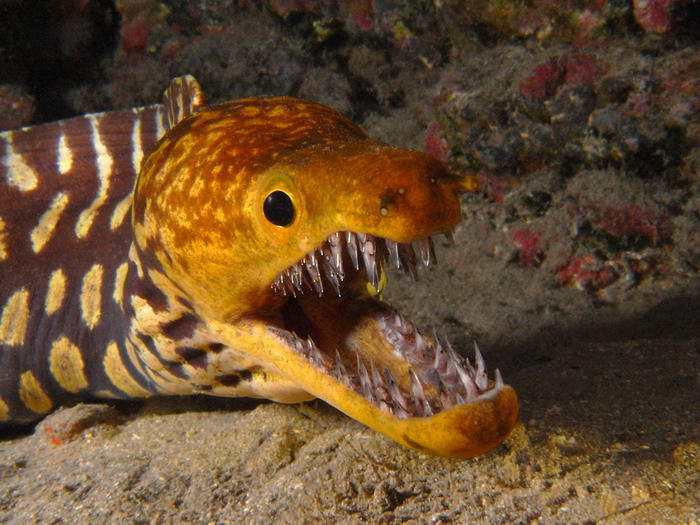
Its teeth are the largest in proportion to body size of any fish. Living in the twilight zone of the ocean, the Fangtooth is perfectly adapted to a predatory lifestyle. It uses a sensory system to detect the movements of its prey in the pitch-black water.
Though they look menacing, Fangtooth fish are a testament to how life can adapt to even the harshest conditions.
06 – Viperfish
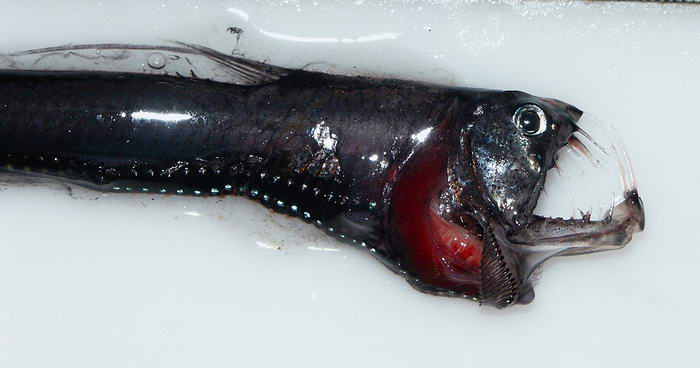
Another fascinating feature is their extended dorsal fin, which functions as a lure for unsuspecting victims. When the prey comes close, the Viperfish strikes rapidly, impaling the victim on its sharp teeth.
Despite the harsh conditions of its habitat, the Viperfish has a lifespan of up to 40 years, an impressive feat for such a deep-sea creature.
05 – Grenadiers
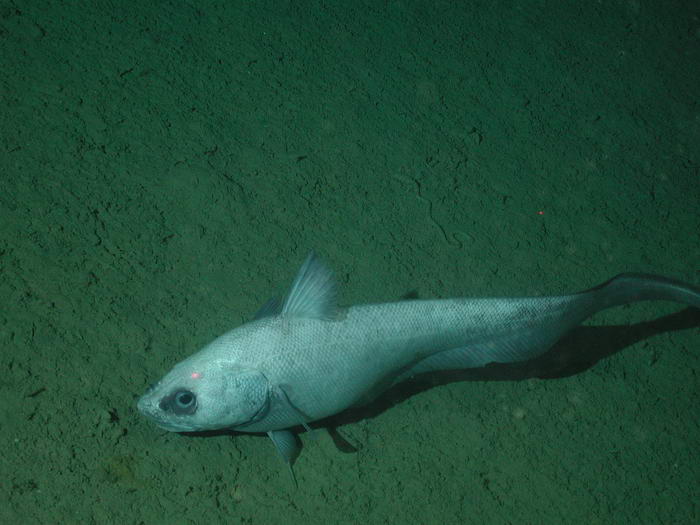
Living up to a mile deep, Grenadiers feed on small invertebrates and dead organisms that sink to the ocean floor. The swim bladder of these creatures lacks an opening, a bizarre adaptation that aids them in dealing with the immense pressures of the deep sea.
Despite their abundant presence in the ocean’s abyss, they remain largely unknown to the general public, offering a stark reminder of how little we know about life in the deep sea.
04 – Glass Squid
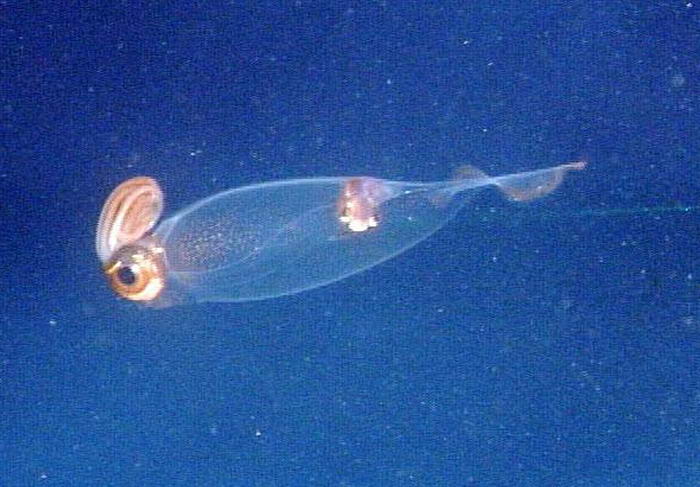
These elusive creatures have light-producing organs, known as photophores, scattered all over their bodies. They use this bioluminescence for various purposes, including communication, attracting prey, and confusing predators.
There’s a lot more to learn about these fascinating creatures, as many of their behaviors and life history traits remain unknown due to their inaccessible habitat.
03 – Football Fish
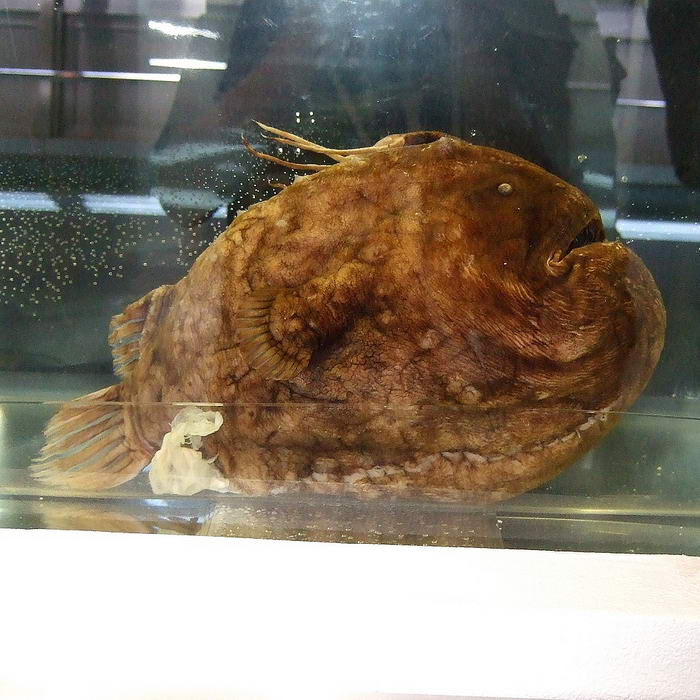
The Football Fish is another remarkable deep-sea creature. It is known for its peculiar shape and extraordinary hunting method. Residing in the twilight zone of the ocean, this species uses bioluminescence to lure its prey.
The females of this species sport a ‘fishing pole’ sprouting from their heads, which has a luminous tip. The light attracts prey in the dark abyss, and the fish strikes swiftly when prey comes within reach. Males, however, are much smaller and lead a parasitic life, relying on females for sustenance.
These creatures are rarely seen by humans, adding to their mystique and intrigue.
02 – Pacific Blackdragon
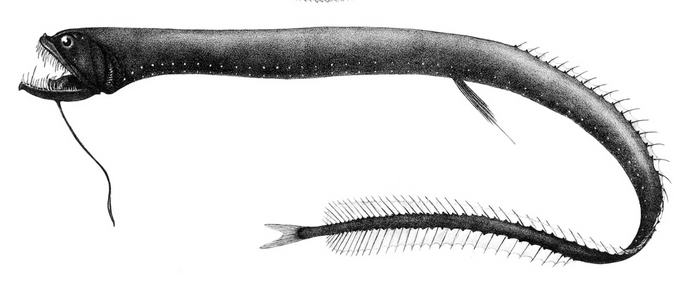
The females are the true stars of this species. They sport a barbel on their chin, a luminous lure used to attract prey. Males, on the other hand, are tiny, lack both teeth and a functional gut, and their sole purpose is to mate.
The Pacific Blackdragon is a testament to the peculiar and diverse life forms that reside in the ocean depths, each with unique adaptations to survive in an extreme environment.
01 – Pelican Eel
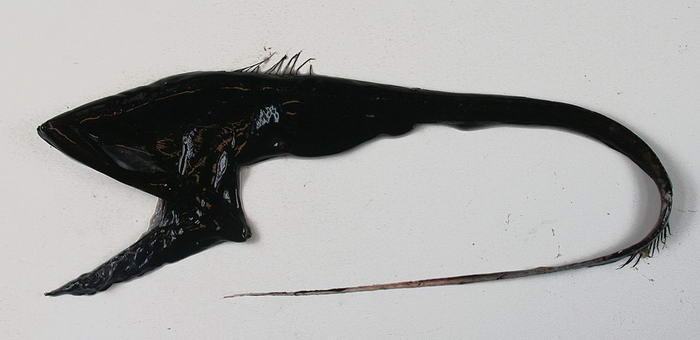
In the abyssal dark, it uses a strange method for hunting. The Pelican Eel engulfs its prey using its enormous mouth, which can open wide enough to swallow creatures much larger than itself. Attached at the end of its tail is a photophore – a light-producing organ, illuminating the surrounding waters, attracting unsuspecting victims.
This creature is quite elusive, which contributes to the mystery surrounding it. The exact length of their lifespan remains unknown, offering an intriguing topic for marine biologists.
Why is the deep ocean so mysterious?
Our journey through the strange, otherworldly realm of the deep sea concludes, but the fascination with these captivating beings remains. Isn’t it mind-boggling to think of the lifeforms sharing this Earth with us, creatures that are as enigmatic and riveting as they are scary animals? The truth is, the stories of the remarkable deep-sea creatures we’ve explored together are but a glimpse into the world beneath the waves.
As we push the boundaries of exploration and technology, we will continue to unlock the mysteries of the deep. With each new expedition and every new discovery, our understanding of this wondrous, dynamic world deepens, and so too does our appreciation for the complexity and diversity of life on Earth.
The ocean depths are a constant reminder of how much we have yet to discover, of how many stories are still untold. For the passionate researchers and for those simply awed by the wonders of nature, the deep sea beckons with promise. As we continue to explore this final frontier, who knows what breathtaking creatures we might stumble upon next?
So, keep your eyes open and your sense of wonder ready. The deep sea, with its stunning array of life, promises more mystery, more excitement, and more fantastical deep-sea creature discoveries for years to come. Let the ocean depths draw you into a world of the unknown, where weird is normal, and the extraordinary is merely everyday life.


